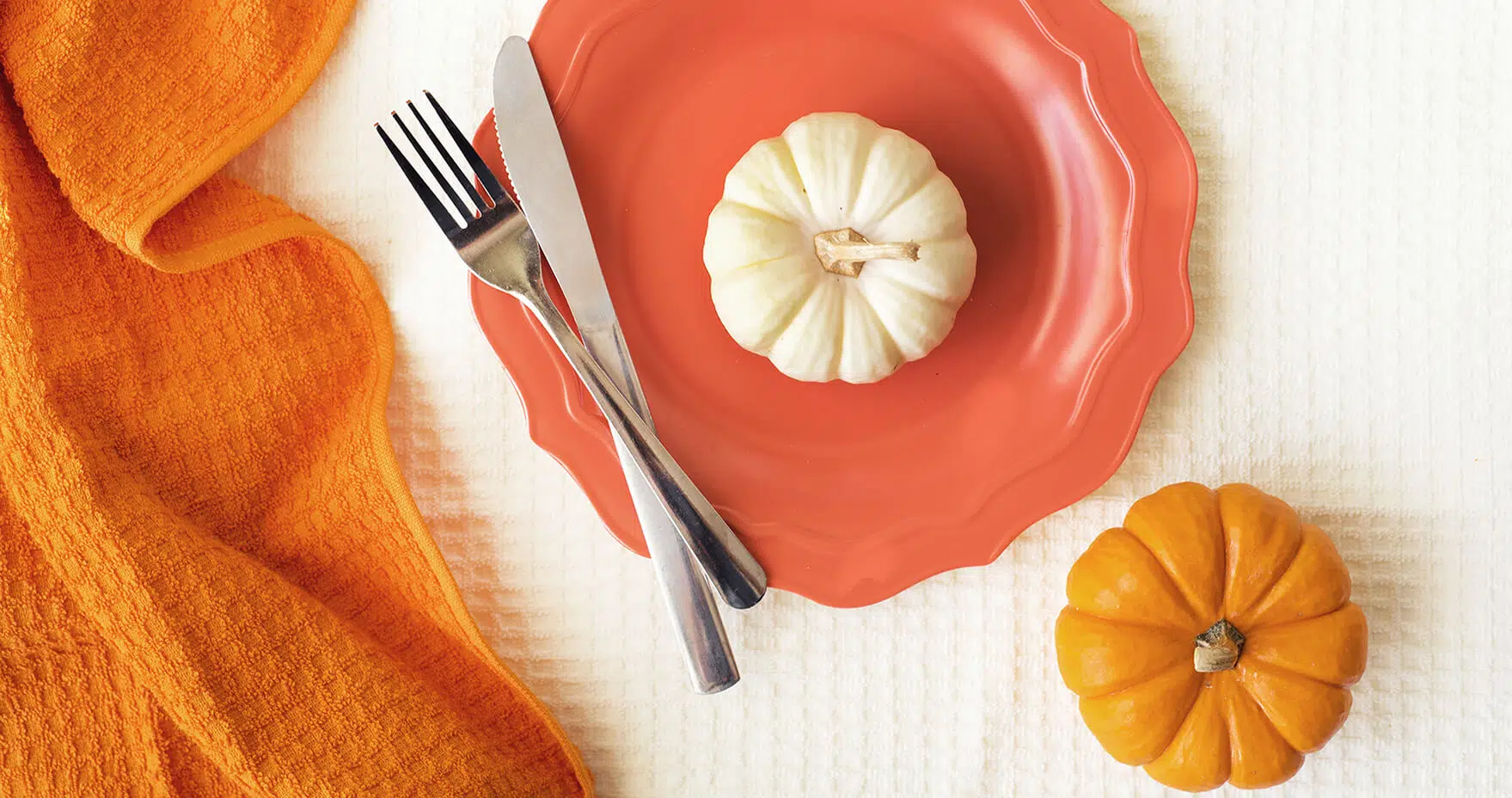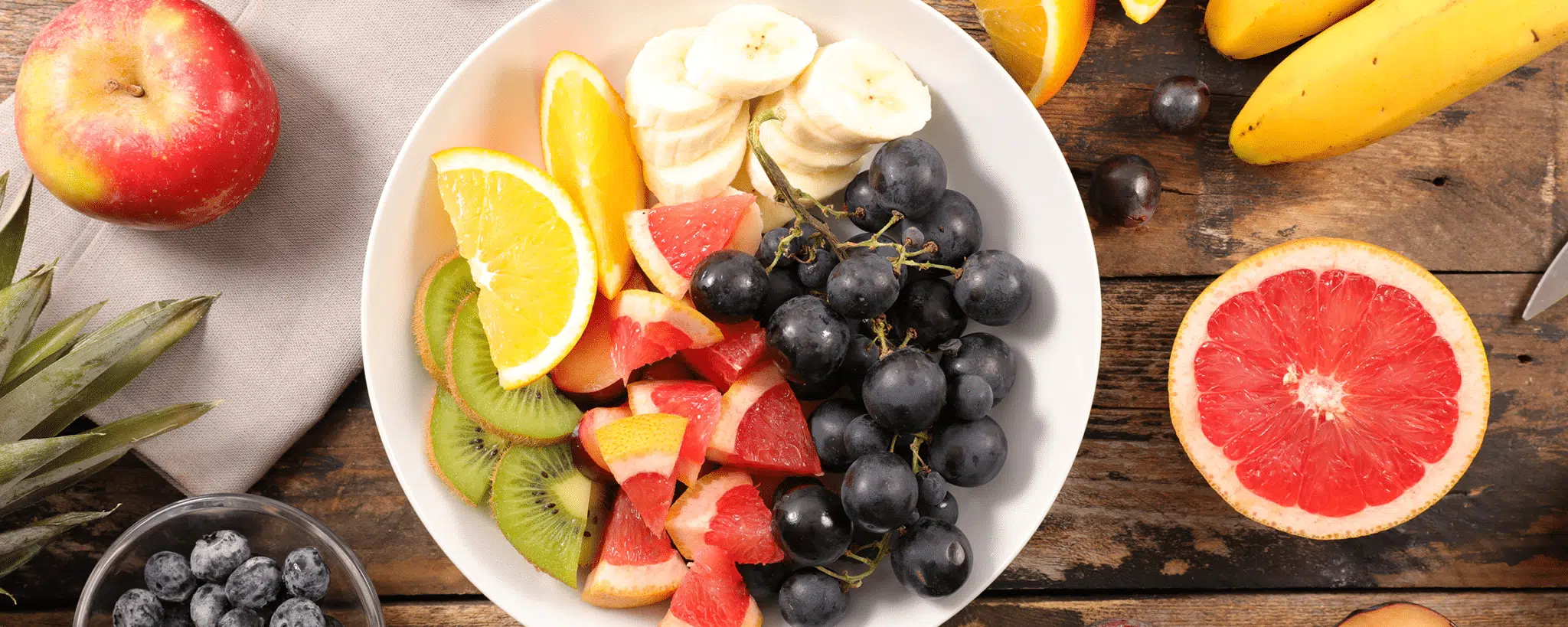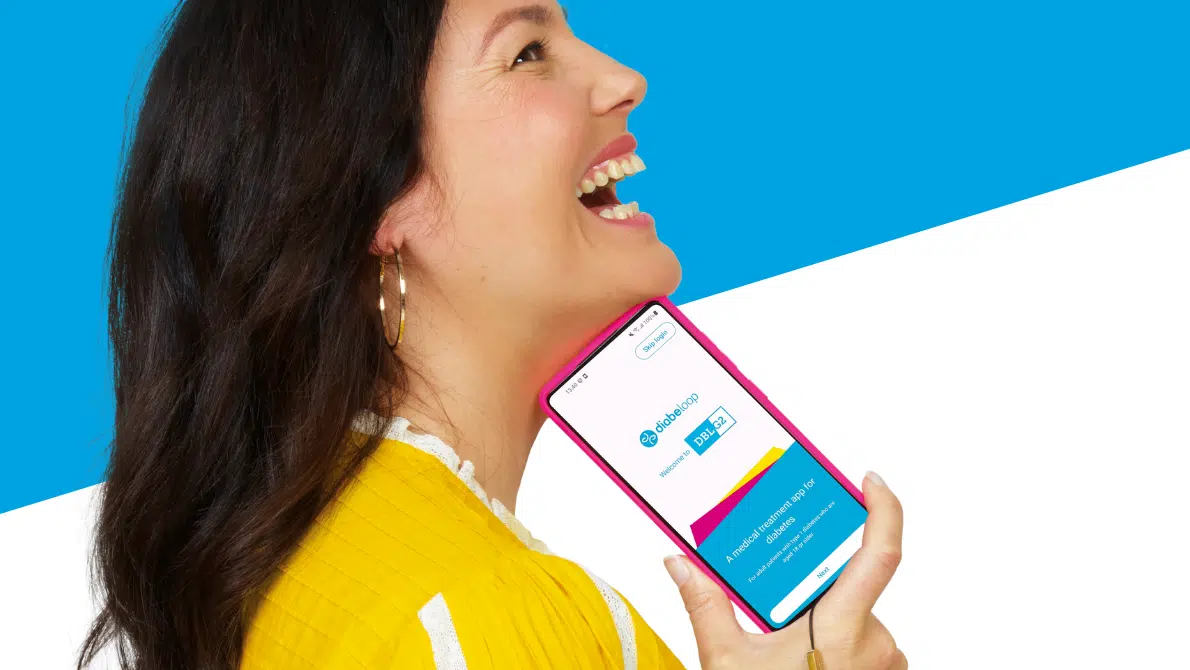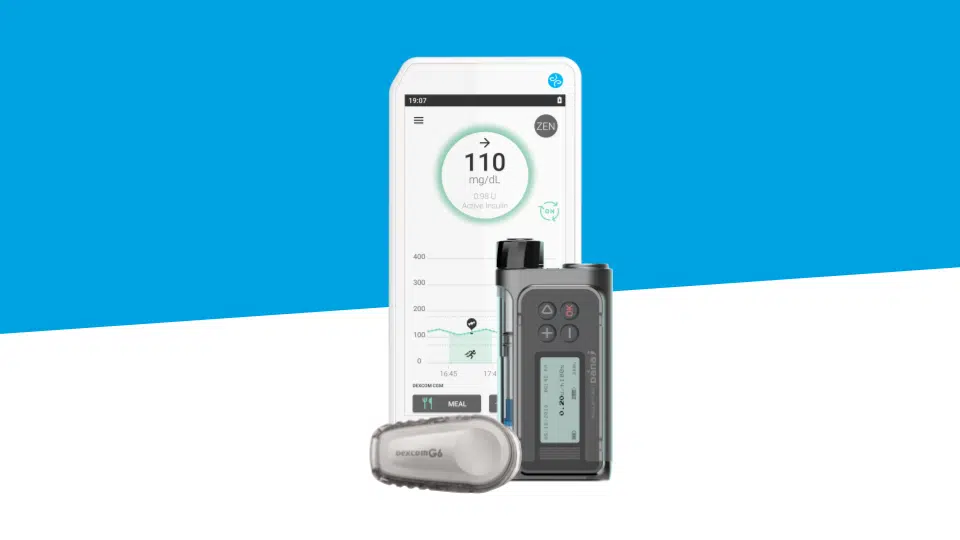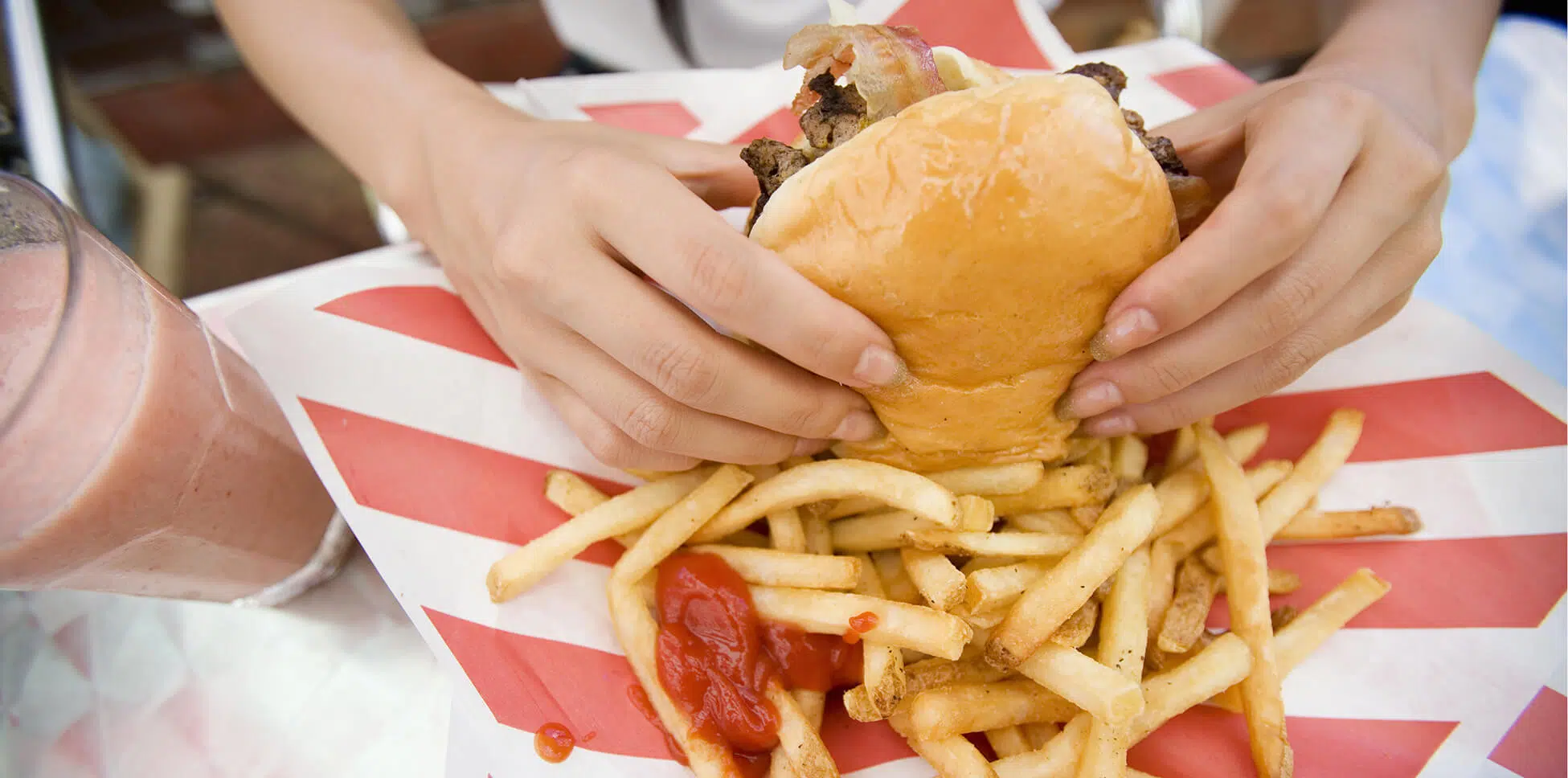
Type 1 Diabetes: Fast Food And Junk Food Are Allowed!
Cheeseburger, pizza or panini… it is sometimes difficult to resist these guilty pleasures full of carbohydrates and fat. But how can someone with Type 1 diabetes comfortably consume fast food? By adopting the right habits to control the effects of fat.
Type 1 Diabetes And Fast Food: An Occasional Pleasure
What is commonly referred to as junk food is a fatty food, rich in carbohydrates, salt, sugar and fat, and generally low in fiber (hamburgers, kebabs, pizza, tacos…). We’re not going to lie to you, it’s not the best way to keep your figure. But as long as it’s occasional, it’s a meal you can still enjoy!
Limiting The Amount
The various fast food brands are now making efforts to offer more balanced menu choices. Salads, raw vegetables or fruit… so you can now enjoy with less guilt!
If you choose a sandwich (hamburger, wrap…), order them with raw vegetables, made with wholegrain bread if possible, and go easy on the sauces! For the record, one tablespoon of ketchup contains the equivalent of a cube of sugar, while one tablespoon of mayo contains 57 calories. Beware of the tempting advertising offers of fast food (XL menus, 2 for the price of one, gigantic portion challenge…) which obviously are less healthy options to maintain your weight.
For those who want to choose healthier options:
- Don’t hesitate to play it safe: without sauce, less cheese or more raw vegetables. This should not be a problem even if the dish is prepared in a hurry.
- Cut the portion in half: eat only half of the bread to limit carbohydrate intake, choose thin crust pizzas.
- If you have access to the nutrition facts of the food: compare! You will sometimes be surprised to see that some salads contain more fat, sugar and salt than a classic hamburger. Sauces and toppings can be surprisingly high in calories.
Read more: Recipe: fresh homemade pizza crust
Type 1 Diabetes And Junk Food: What About The Fat?
Good to know: fat delays insulin absorption, which can lead to the risk of immediate hypoglycemia followed by a delayed rise in blood sugar. Meals high in carbohydrates and fat (pasta with a heavy sauce, pizza, burgers and chips) are therefore more complicated to manage than others. Delaying the bolus injection or setting a prolonged bolus on the pump can prevent this effect. Discuss this with your doctor to decide on the best strategy for you. Until the effects of such meals on your blood glucose levels are understood and appropriate treatment adjustments are made, it is recommended to try these meals during lunch. The aim is to avoid excessive blood sugar variations at night.
Read more: Sleep: How can you get a good night’s sleep with Type 1 diabetes?
Keeping The Calculator In Mind
Two strategies are possible:
- Maintain a scale of equivalence between an ordinary meal and a “junk food” meal, i.e. the same number of carbohydrates on the plate. If you eat an average of 70g of carbohydrates during a normal meal, choose an equivalent option (2 slices of pizza, a sandwich with 100g of bread and fruit…)
- Have fun and adjust your bolus accordingly!
Many items at fast food restaurants now display the nutritional value of their products. Here are some examples:
| Food | Carbohydrates |
| 6 chicken wings | 16g |
| 1 slice of pizza | 25g |
| 1 small portion of fries | 30g |
| 1 medium portion of fries | 40g |
| large portion of fries | 60g |
| 1 kebab | 60g |
| 1 burrito | 40g |
| 1 taco | 30g |
| 1 hamburger | 30g |
| 1 double burger | 40g |
| 1 hot dog | 45g |
| 1 panini | 55g |
| 1 ice cream | 22g |
| 1 ice cream with chocolate fudge | 50g |
| 1 yogurt | 30g |
| 1 strawberry milkshake | 50 g |
Bon appétit !
